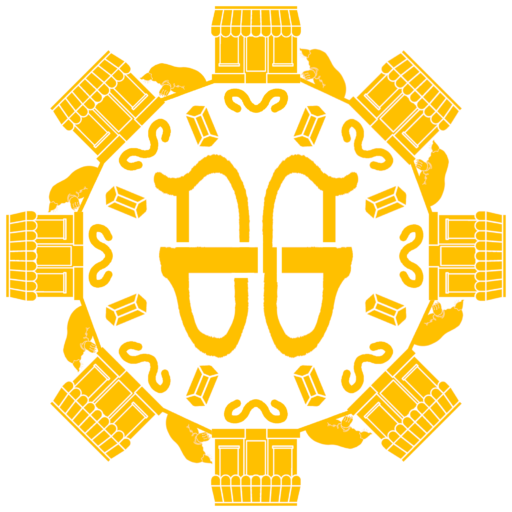On the Isle of Man betwixt Britain and Ireland, the Manx language had been in a state of decline, which eventually led to the extinction of the language with the death of Ned Maddrell in 1974.
From what has been known of Ned Maddrell, he spent his early life surrounded by Manx speakers in the Manx town of Cregneash from the time of his birth in 1877. His great-aunt, who raised him for the first five years of his life, spoke little to no English; and his cousin Thomas spoke only Manx while fishing. Ned himself would find employment at sea, as a cook aboard The Mona, where he would encounter Scottish and Irish sailors who would understand his Gaelic, since Scottish, Irish, and Manx come from the same Gaelic language family tree. After 29 years, he would find work in the Merchant Navy, which required him to leave the Isle of Man. At that point, he stopped speaking Manx, while only 9.1% of all Manx people could speak Manx Gaelic.
He would live in the Manx town of Cregneash for the rest of his life. During that time, he was visited by the Taoiseach of Ireland, Eamon de Valera, in an attempt to solidify the friendly relationship between the Republic of Ireland and the United Kingdom. He would become the first Taoiseach to visit outside of Ireland ever since the Irish War of Independence. Along the way, he would become fascinated by Ned Maddrell, who was at this point among the last native speakers of Manx Gaelic.
After this visit, de Valera sent the Irish Folklore Commission to record the speech of Maddrell, as they would do with Seán Ó hEinirí, the last monoglot Irish Gaelic speaker. Maddrell\’s usage of Manx was quite authentic in comparison to the other final Manx speakers, in spite of the fact that he would not speak Manx completely after 29 years. His Manx speech consisted of inflected synthetic tenses of verbs and he distinguished between the imperfect and conditional forms of the auxiliary verb \”to be.\”
He died at the age of 97.
In recent years, the Manx language has been revived and there are more than 50 native speakers and more than 1,000 secondary speakers. The Bunscoill Ghaelgagh is a primary school established in 2001 for the purpose of immersing children in the Manx Gaelic language. The use of technology, such as Twitter, has also been used in order to restore Manx Gaelic\’s relevance. There is also a band named Barrule who sing in Manx Gaelic. This revival of a lost language was all thanks of the final Manx speakers who were recorded by the Irish Folklore Commission, with Ned Maddrell being the most prominent contributor.
Sources
- Barrule
- Broderick, George (2017). \”The Last Native Manx Gaelic Speakers. The Final Phase: \’Full\’ or \’Terminal\’ in speech?\”. Studia Celtica Fennic. XIV: 18–57.
- \”Edward Maddrell\”. iMuseum. Retrieved 3 January 2021.
- Ned Maddrell. Wikipedia. 2019. Ned Maddrell Lecture. North American Manx Association. 2015. Use is for fair use.
- Sarah Whitehead. \”How the Manx language came back from the dead | Education\”. The Guardian. Retrieved 25 June 2017.
- \”Skeealyn Vannin (Stories of Mann), the complete collection of Manx language archive recordings made by the Irish Folklore Commission in 1948\”. iMuseum. Retrieved 3 January 2021
- Ynkawen, Robescot. The Last Monoglot Speaker Of Irish Gaelic | Sanestos Series. Kweti Enissis. 2021.
